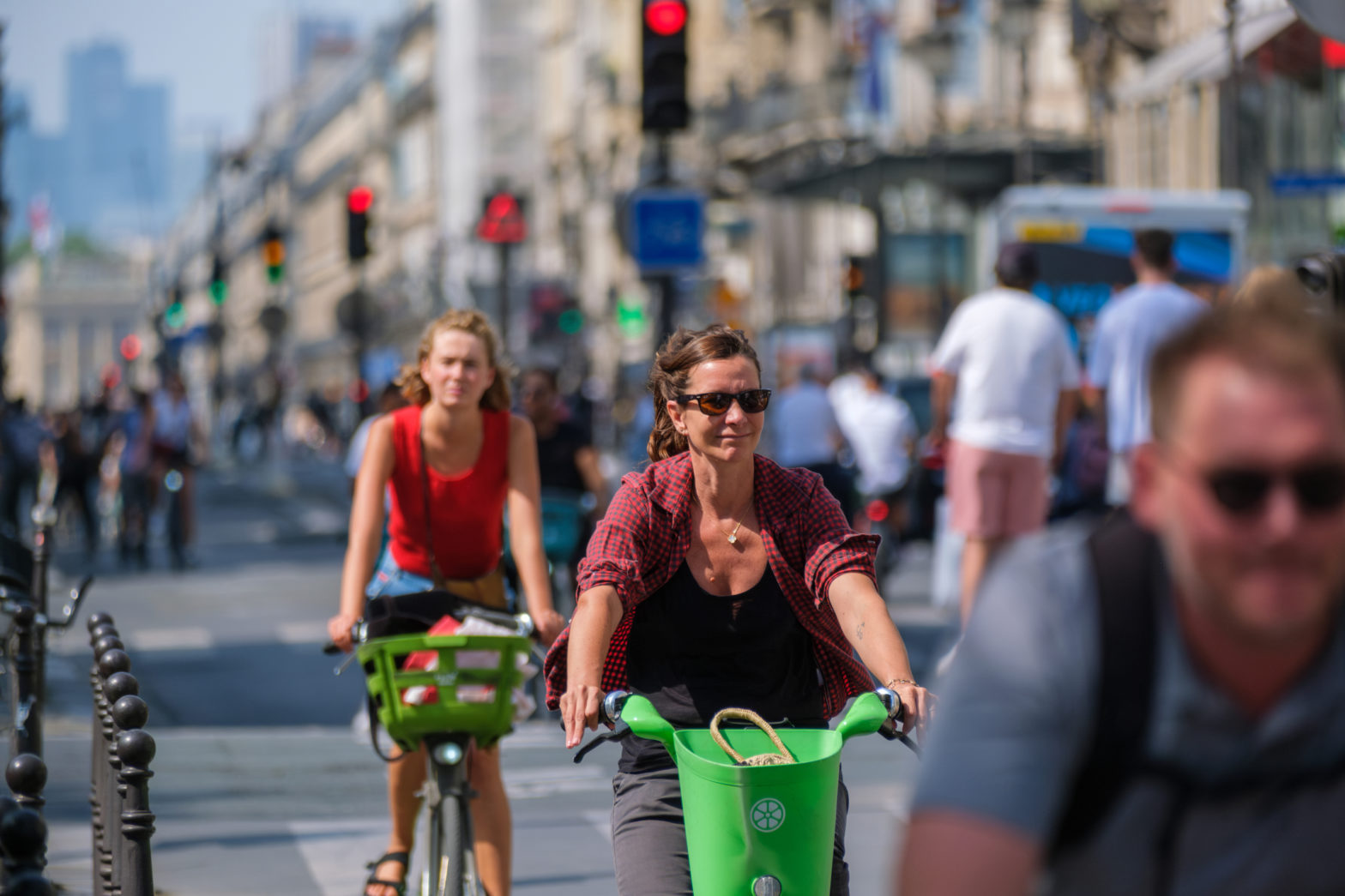
Photo: Veronica-Davis
‘Fewer lane miles, fewer problems,’ says Houston’s transport chief
20 April 2023
by Christopher Carey
On the sidelines of the recent Cities Today Institute City Leadership Forum in Houston, Director of Transportation and Drainage Operations Veronica Davis explained how she sees transport evolving.
Cities Today (CT): What excites you about transport in Houston?
Veronica Davis (VD): One of the things that really excites me is our ability to implement some of the newer ideas and not have to do the iterations of some of our other peer cities in the US.
As an example, when we implement bike lanes, our standard is high comfort bike lanes – and then we move from there. But we really had an opportunity to learn from other cities and to be able to implement it right the first time and quickly.
CT: What is the biggest transport challenge you face in Houston?
VD: My title speaks to that – transportation and drainage. They are very linked here within the city of Houston.
Our roads are part of our drainage system. And so as storms become more intense, we are seeing significantly more flooding events and it’s not just the big hurricanes or tropical storms; even the regular storms are just becoming more intense.
And that creates accessibility and mobility challenges, as roads are flooded and people are either stuck in their home or stuck in their place of work, or can’t get to where they need to.
So I think that it is an ongoing challenge, particularly given the [amount of] lane miles that we have here in the city.
The constantly changing [nature] of the region in terms of land use, I think that is just one of the major challenges that we face.
We do have our Resilient Houston Plan, where we are looking at ways to live with water or think about water differently.
CT: How has Houston coped with a tighter funding environment?
VD: Funding is always a challenge. We don’t have enough to meet our needs, let alone our wants.
Right now a partial [amount] of our funding comes from the drainage fee, which is based on impervious surface for each parcel. We also receive funding via the sales tax through Metro for many of our mobility projects.
But with the Bipartisan Infrastructure Law we have been very, very strategic, yet aggressive in unlocking the federal dollars, and so far we’ve been successful.
We won a US$21 million RAISE grant and then we also won a US$29 million Safe Streets for All grant.
We have several others that are pending, but that is really what is going to help us to be able to get more work done, and so we’re thankful to Congress and to the Biden administration for getting that law passed.
CT: How do you see transport evolving over the next five years in Houston?
VD: I think the biggest evolution that we will see is that we’re getting increased populations of people who want to move in ways other than being in a single occupancy vehicle.
They want to walk, they want to take a bike. We are working with our regional partners to bring better bus rapid transit, and not just for the work day and getting people to their office, but also getting people to play so that they can watch the Astros win another championship, they can go see the Dynamo play.
So really, I think in the next five years that many of these projects will be under construction, and I think that the city is going to be a very different place.
But also, while we don’t have zoning, we are thinking about transit-oriented development, and so as we install this really great transit infrastructure, we also have the appropriate development around mixed use and more importantly affordable housing, so that all of our long-term residents can enjoy what is to come with the economic future of Houston.
CT: If you had a magic wand and could fix one thing, what would it be?
VD: I would probably say we could get rid of about 50 percent of the pavement within the city of Houston and still have plenty of capacity on our local roads, and that would create space where we could really install sidewalks, which I know is a demand from people.
We could do better drainage systems, have better landscaping, but really our pavement becomes a challenge and not even just from the fact that it exists – just trying to maintain it is very expensive.
So I would say that cutting our lane miles in half would cut my problems in half.







